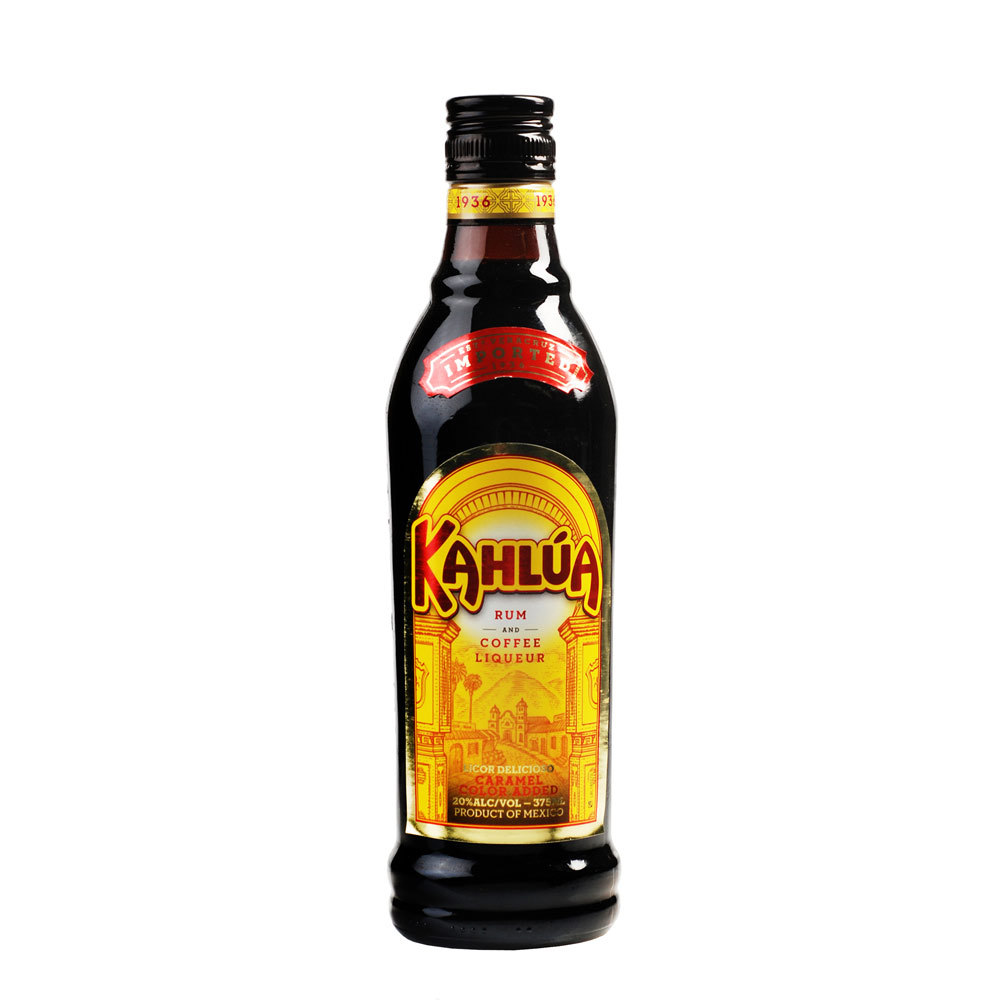I'm wondering about using sous vide to reheat foods. I can't convince myself that it is a safe method, although it should be since so many people do it and the Chef Steps (Joule) site recommends it.
The rule of thumb that I often see all over the internet is to set the water temp a few degrees below the temperature at which the food should be cooked, and reheat the food for 45 minutes per inch thickness of the food in the SV bag. This recommendation is for food cooked in any manner, not just sous vided in a sealed bag, flash chilled, stored and reheated.
The Chef Steps site is a bit more precise. It has tables for recommended times when reheating both refrigerated and frozen foods. But they stress repeatedly that these times are not pasturization times. I'm guessing that these are just times that it would take to get the center of the reheated food up to the same temp as the water bath, but I could be wrong about that.
So, aside from the obvious benefits of reheating to the perfect food temperature and not overcooking leftovers, does anyone have information about the safety of reheating in this manner?
FWIW, the FDA says leftovers should be reheated to 165°. That's a great way to ruin a reheated piece of steak, I'm thinking.
So I'm looking for info/input to convince me that reheating using sous vide is a great (and safe) thing to do.
Kathryn
The rule of thumb that I often see all over the internet is to set the water temp a few degrees below the temperature at which the food should be cooked, and reheat the food for 45 minutes per inch thickness of the food in the SV bag. This recommendation is for food cooked in any manner, not just sous vided in a sealed bag, flash chilled, stored and reheated.
The Chef Steps site is a bit more precise. It has tables for recommended times when reheating both refrigerated and frozen foods. But they stress repeatedly that these times are not pasturization times. I'm guessing that these are just times that it would take to get the center of the reheated food up to the same temp as the water bath, but I could be wrong about that.
So, aside from the obvious benefits of reheating to the perfect food temperature and not overcooking leftovers, does anyone have information about the safety of reheating in this manner?
FWIW, the FDA says leftovers should be reheated to 165°. That's a great way to ruin a reheated piece of steak, I'm thinking.

So I'm looking for info/input to convince me that reheating using sous vide is a great (and safe) thing to do.
Kathryn









Comment